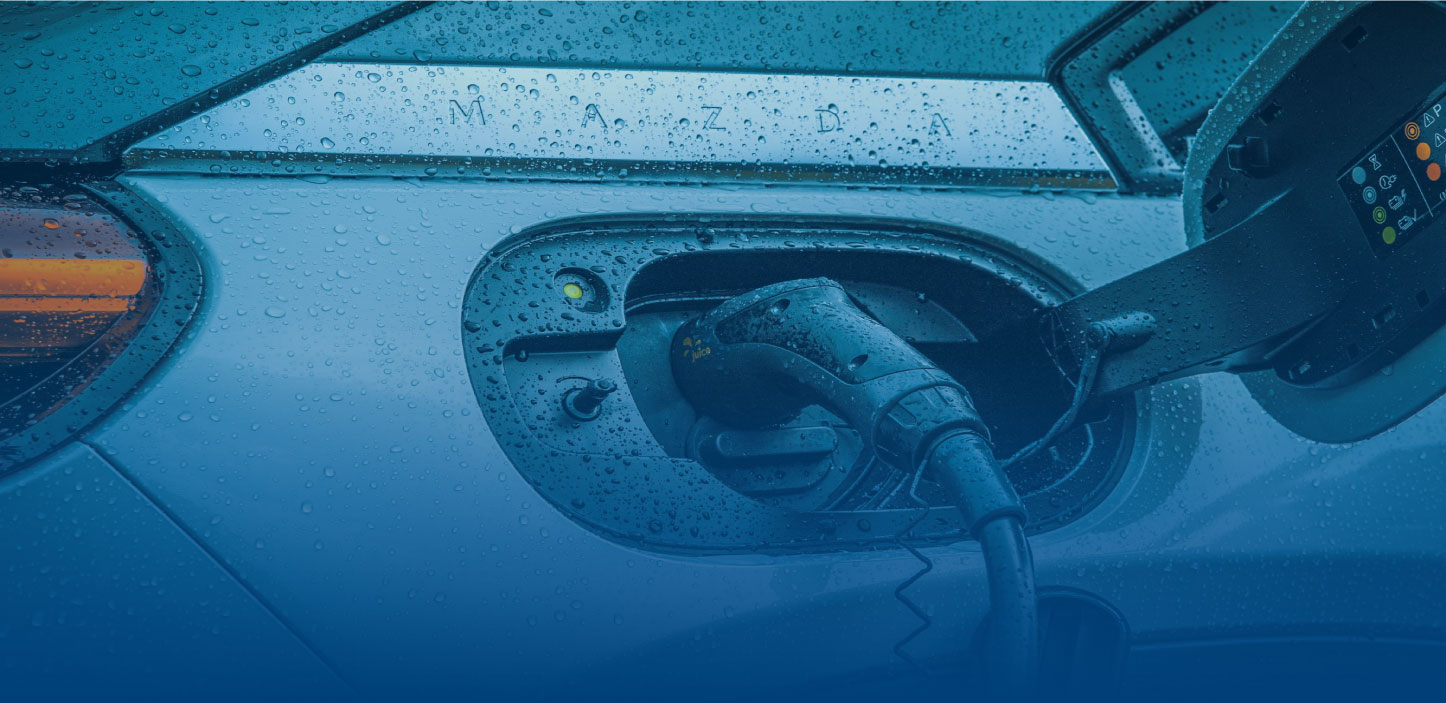Hydrogen production break-even costs by application
We estimated the break-even levels where hydrogen applications become competitive in comparison to low-carbon alternatives. We assessed four main regions, namely China, the US, the EU, and Japan/Korea, in detail. We find that hydrogen can unlock approximately 8 per cent of global energy demand with a hydrogen production cost of USD 2.50 per kg, while a cost of USD 1.80 per kg would unlock as much as roughly 15 per cent of global energy demand by 2030. This does not imply that hydrogen will satisfy all this energy demand by 2030, but it does showcase that hydrogen will have a significant role to play as a clean energy vector in the future energy mix.

Hydrogen production break-even costs by application (contd.)
We find that hydrogen can meet a large share of the mobility energy demand by 2030. Even with hydrogen costs at the pump of USD 6 per kg – including production, distribution, and retail – the fuel can meet about 15 per cent of transport energy demand cost competitively by 2030. We expect this cost profile to become viable in most regions and use cases by 2030. If costs were USD 4 per kg at the nozzle, hydrogen could even meet more than 50 per cent of the mobility sector’s energy demand. Trucks, long-distance buses and large passenger vehicles are particularly competitive, as the cost of batteries required to secure the necessary range is very high for the battery alternatives.

Timelines for cost competitiveness for hydrogen in India

More from the reports
- Evaluating cost competitiveness of hydrogen production in India
- What would be the key drivers of cost competitiveness in India?
- Hydrogen distribution of global supply chains w.r.t key demand centers
- Evaluating the utility of hydrogen refueling stations in reducing cost of hydrogen
- Charting the global hydrogen trade environment and evaluating role of Asia-Pacific region in demand built up
- Analyzing shipping cost of hydrogen as per end use application and distinct terrains








